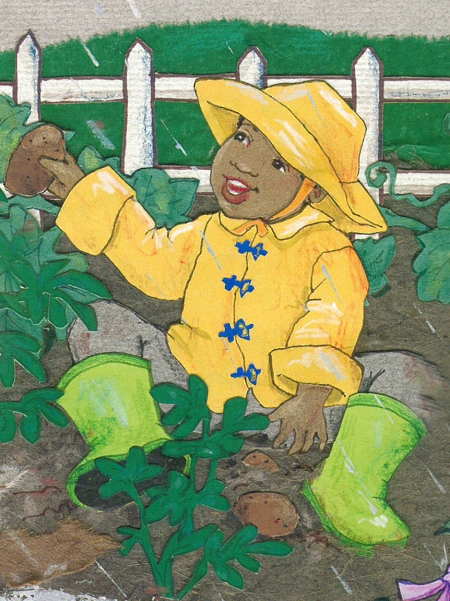Jill Eisenberg, our Resident Literacy Expert, began her career teaching English as a Foreign Language to second through sixth graders in Yilan, Taiwan as a Fulbright Fellow. She went on to become a literacy teacher for third grade in San Jose, CA as a Teach for America corps member. She is certified in Project Glad instruction to promote English language acquisition and academic achievement. In her column she offers teaching and literacy tips for educators.
Eisenberg, our Resident Literacy Expert, began her career teaching English as a Foreign Language to second through sixth graders in Yilan, Taiwan as a Fulbright Fellow. She went on to become a literacy teacher for third grade in San Jose, CA as a Teach for America corps member. She is certified in Project Glad instruction to promote English language acquisition and academic achievement. In her column she offers teaching and literacy tips for educators.

Last week on the blog we spotlighted the work of Jan Reynolds, an author and explorer who has written nonfiction for young readers about cultures across the globe. If we had read the Vanishing Cultures series when I was a classroom teacher, my students would have been competing with each other over who knew the most outrageous fact. Did you know the Tiwi, an aboriginal tribe from an island off the coast of Australia, eat mangrove worms fresh? Did you know the Inuit from the Hudson Bay build rock piles that are stacked to look like men in order to scare caribou toward the real Inuit hunters?
My students loved to play the “did you know…” game. That became a popular sentence starter in our classroom. Students would scramble for the latest book or periodical on animals, prehistoric times, and exotic locales. The peregrine falcon, megalodon, and the giant panda were unshakable favorites.



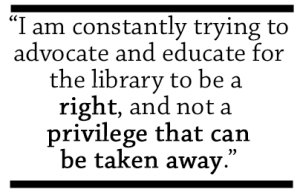 protection: the rage, indifference and sullenness. I recognized that if I was struggling with it, then I wasn’t a fundamentally hateful person. That was life changing for me. I felt such a deep connection with her as a result of this inner experience, I read every book she wrote as it was published.
protection: the rage, indifference and sullenness. I recognized that if I was struggling with it, then I wasn’t a fundamentally hateful person. That was life changing for me. I felt such a deep connection with her as a result of this inner experience, I read every book she wrote as it was published.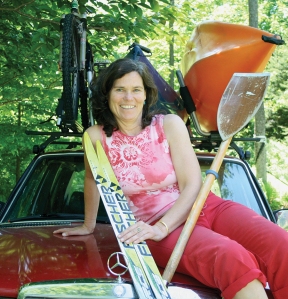
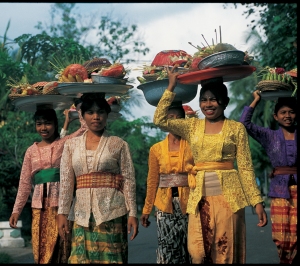

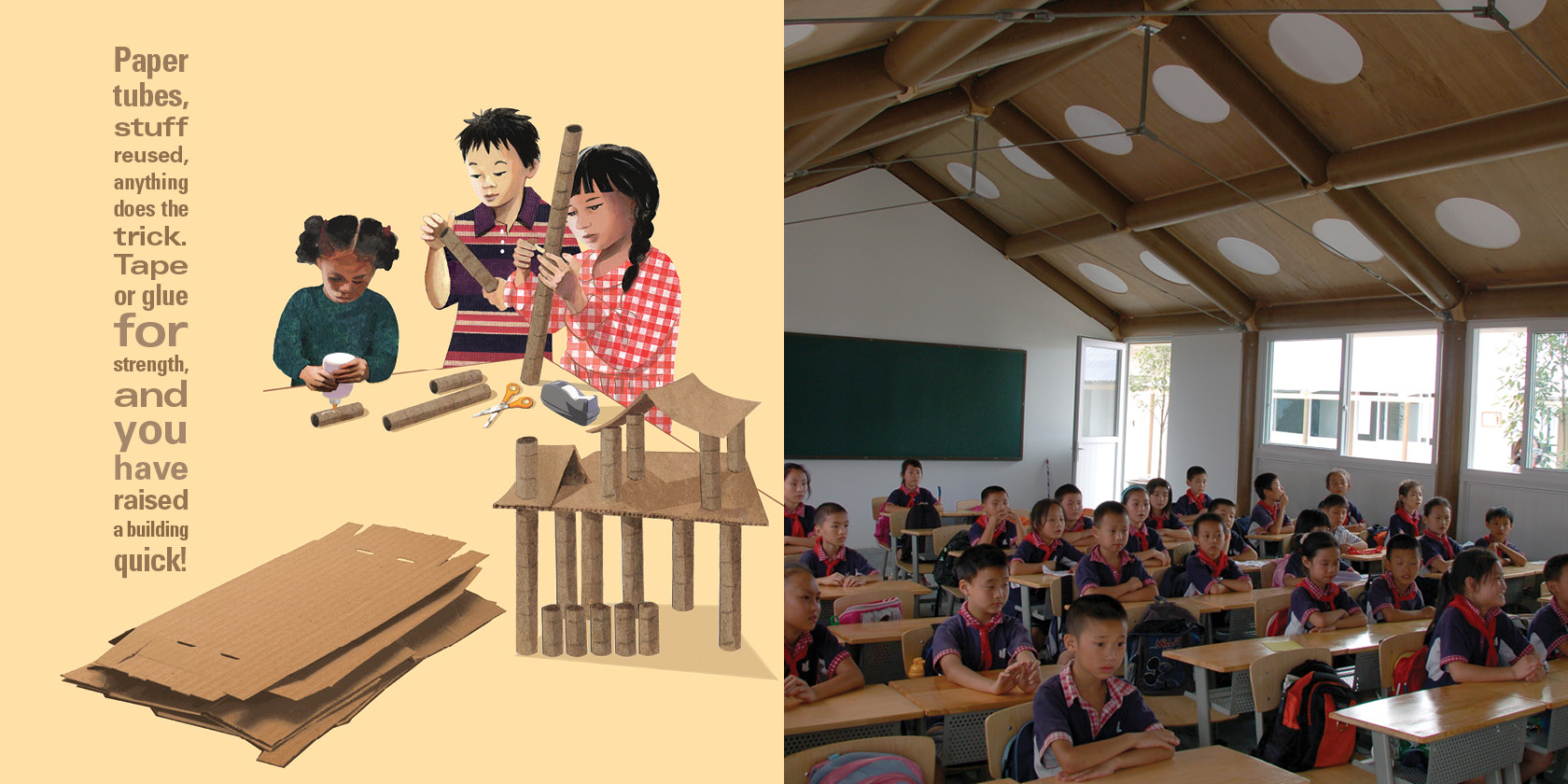

 With all this reading in overdrive, it is understandable that few students (and teachers) want to keep reading at home for pleasure. Yet we need to sustain student excitement for reading and prevent testing anxiety. Now more than ever, students need the bigger picture of how literacy helps us as citizens, the experiences of deriving joy from print, and practice using books for stress management.
With all this reading in overdrive, it is understandable that few students (and teachers) want to keep reading at home for pleasure. Yet we need to sustain student excitement for reading and prevent testing anxiety. Now more than ever, students need the bigger picture of how literacy helps us as citizens, the experiences of deriving joy from print, and practice using books for stress management.
